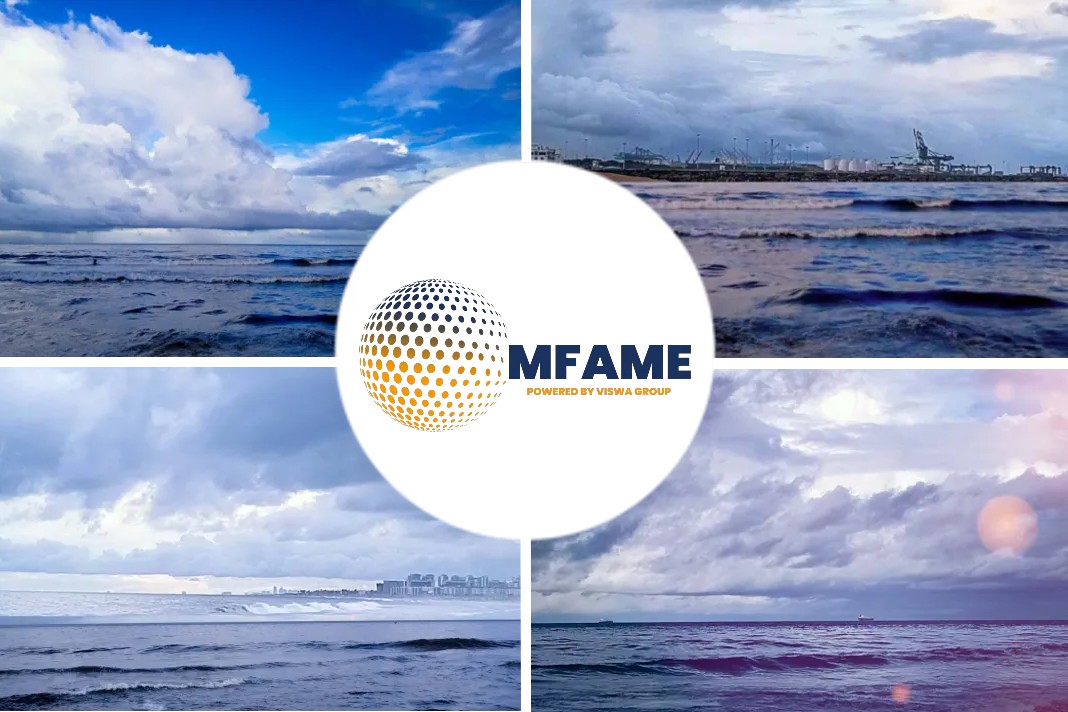- The world’s deepest shipwreck, the USS Johnston has been discovered by a US-based crew.
- The team mapped and filmed the wreckage in a 16hour extensive dive.
- The ship lies 21 thousand feet under the sea in the Philippines.
- It sunk by the Japanese navy after a gruesome 2 and half hours fight.
A dive experiment in the Philippines has led to the discovery of the deepest shipwreck of a World War 2 US Navy destroyer ship, reports CNN.
A US-based crew mapped and filmed the whole shipwreck.
The Discovery
The vessel in question, USS Johnston lies buried 21,180 feet under the Philippine Sea
People knew about the shipwreck lying somewhere in the area but the exact location couldn’t be traced. This is the first time that the entire wreck site has been mapped and filmed
The US-based Ocean Expedition company, Caladan Oceanic, unearthed the shipwreck on 31st March using their high-end research vessel DSV Limiting Factor.
The wreck lies 100 feet deeper than where it was supposed to be. It lies more than 4 miles below the Pacific.
Bringing Clarity To the USS Johnston Story
Former US Navy Commander and the Founder of the Caladan Oceanic, Victor Vescovo termed it a personal triumph.
“In some ways, we have come full circle. The Johnston and our own ship were built in the same shipyard, and both served in the US Navy. As a US Navy officer, I’m proud to have helped bring clarity and closure to the Johnston, its crew, and the families of those who fell there”, he said
Vescovo is a world-renowned explorer who has a penchant for hard-to-get places. He already holds the world’s first world records of exploring all the continents, poles, and the deepest parts of the ocean. This survey adds another feather in his cap, that of completing the deepest shipwreck dive in history.
He was controlling the Limiting Factor throughout the process of mapping which required a total time of 16 hours, done in 2 segments of 8 hours, over a span of 2 days
Discovery Crucial for WW2 Heroism
On 25th October of 1944, the USS Johnston sank after being attacked by the Japanese Navy, in what is known as the Battle off Samar. This was part of the 4 naval battles of the Battle of Leyte Gulf, regarded as the largest battle in the naval warfare
This battle destroyed the Japanese Navy during World War 2. At that time, they were the mightiest in the world
Sam Cox, the director of the US Naval History and Heritage Command, NHHC, says ” the new images of the wreck of the Johnston will help the Navy put the spotlight on the heroism and history of its crew”.
- The ship was named after Lieutenant John V. Johnston, a Civil War hero.
- USS Johnston was captained by Cmdr. Ernest Evans, a Native American from Oklahoma.
- Evans led the fleet of 2 destroyers and 4 escorts for the destroyers along with the Johnston.
- The fleet was inferior to the mighty naval battleships commanded by the Japanese which included 4 battleships, 6 heavy cruisers, 2 light cruisers, and 11 destroyers.
- The Johnston was knocked out by a Japanese cruiser initially.
- The destroyers were heavily damaged and their ammunition depleted.
- The free along with Evans was injured.
- However, Evans regrouped them to prepare the Johnston for attacking the Japanese fleet.
- The ship gave up after 2 and half hours of a hard fight with the surrounding Japanese ships.
- Ultimately, seeing no hope of salvaging the ship, Evans asked the crew to abandon the ship and sink it.
- Of the Johnston’s crew of 327 men,186 died, including Evans. He was posthumously awarded the Medal of Honor, the first Native American in the US Navy to be awarded his country’s highest military honor, according to the NHHC.
“Two of the three ships that followed the Johnston into the Japanese battle line were also sunk”, said Carl Schuster, a former Navy captain, and Hawaii Pacific University instructor.
“The discovery of the USS Johnston serves as yet another reminder of the heroism and sacrifice of that day in Leyte Gulf 77 years ago,” he added.
Did you subscribe to our daily newsletter?
It’s Free! Click here to Subscribe!
Source: CNN























